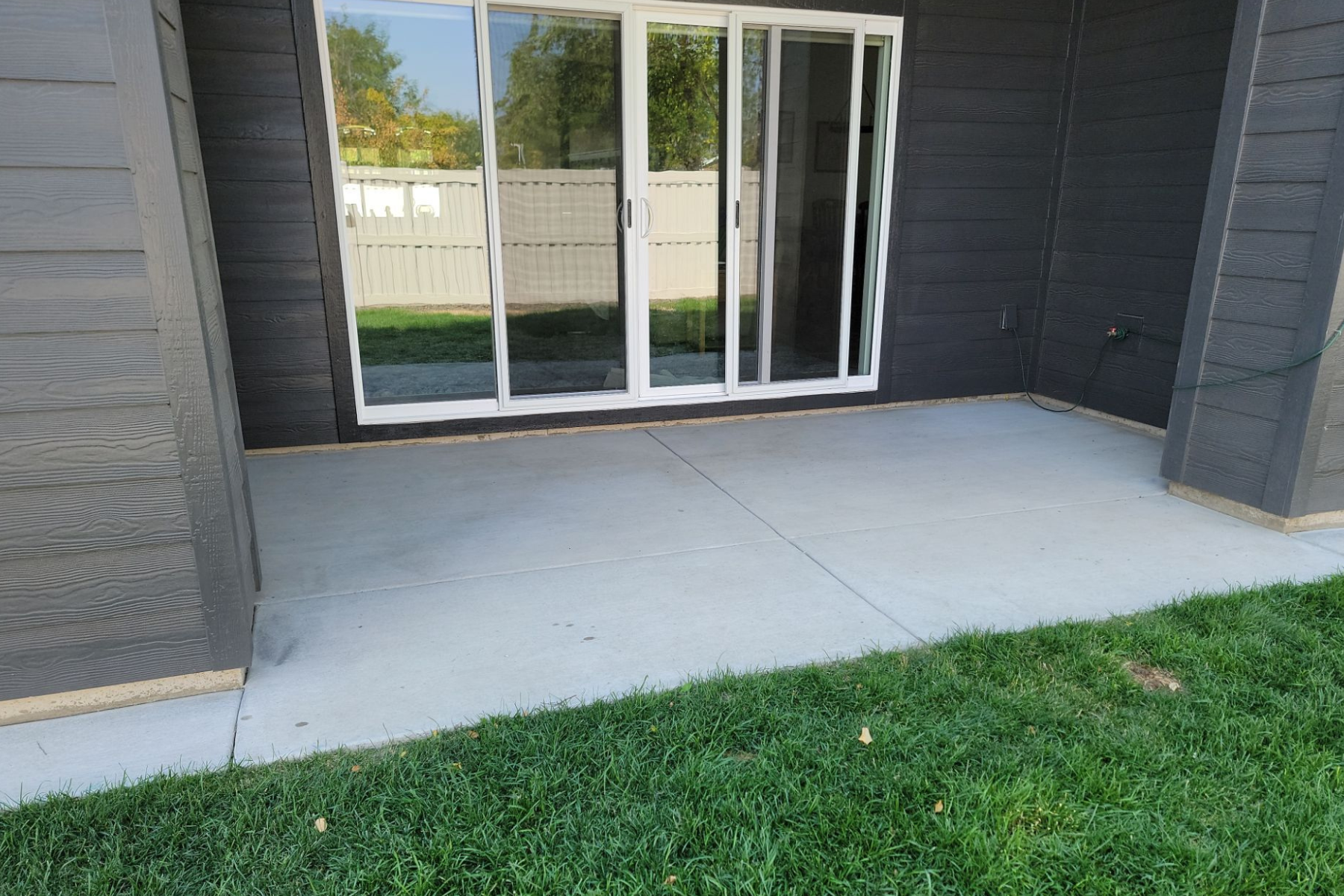Why Commercial Floor Coatings Fail
What causes commercial epoxy floors to fail and peel—and how to make sure yours doesn’t
When a concrete floor coating fails in a commercial environment, it’s more than just an eyesore. Peeling, bubbling, or delaminated coatings can lead to safety concerns, reduced traction, downtime, and costly repairs. At Spray ’n Coat Painting, we’ve installed thousands of square feet of commercial coatings throughout Boise, Meridian, Nampa, and the surrounding areas. Two key reasons are almost always to blame for floor failure: moisture vapor pressure and inadequate surface prep.
Let’s take a closer look at both—and how to avoid these issues from the start.
Moisture Vapor Pressure: The Problem You Can’t See
Concrete may feel dry and solid, but it behaves like a sponge. If there’s a moisture source beneath the slab—like poor drainage, groundwater, or irrigation—it can push vapor upward through the concrete as temperatures rise. This is known as moisture vapor pressure, and it can place significant vertical pressure on the underside of your floor coating.
Standard commercial coatings may tolerate up to 5 to 10 lbs of vapor pressure, while higher-end systems can handle up to 25 lbs. But when moisture levels exceed what the coating can handle, the result is predictable: lifting, peeling, or blistering—especially in high-heat environments like warehouses, kitchens, and industrial shops.
While it’s not the most common reason for floor failure, it’s one that must be tested for—particularly on older concrete slabs or ground-level installations. Skipping this step can lead to big problems down the road.
Inadequate Surface Prep: The #1 Cause of Peeling Floors
By far the most common reason for commercial floor coating failure is insufficient concrete prep. No matter how high-quality the coating material is, it won’t bond well if the surface underneath isn’t properly prepared.
That means mechanical grinding, not just cleaning or acid-etching. At Spray ’n Coat Painting, we use industrial diamond grinders to sand off the top layer of concrete and create a clean, porous surface. This step is essential—especially in commercial environments where floors endure high traffic, rolling equipment, chemical spills, and impact.
Some contractors may rely on muriatic acid or cleaners to prep the slab, but these methods often fall short. If there’s any kind of previous sealer or old coating, acid won’t be able to penetrate it—and the new system won’t stick. That’s why diamond grinding is the most reliable prep method in today’s industry.
How to Prevent Commercial Floor Coating Failure
Whether you manage a retail shop in Meridian, a public restroom in Nampa, or a large warehouse in Boise, these best practices will help protect your investment:
Test for Moisture Vapor
- Before installing a coating, conduct a moisture vapor emission test (MVER) to determine if the slab is within spec.
Use Mechanical Surface Prep
- Skip the shortcuts. Diamond grinding ensures a consistent profile for long-term adhesion.
Avoid Acid-Only Prep Systems
- Especially in high-demand or previously coated environments, acid etching alone is unreliable.
Match the System to the Environment
- Different coatings serve different needs. High-traffic areas, chemical exposure, and cleaning methods all affect system choice.
Hire the Right Installer
- Choose a commercial floor coating company with experience in complex environments—like schools, churches, restrooms, and industrial shops.
Done Right from the Start
At Spray ’n Coat Painting, we don’t cut corners—especially when it comes to commercial floor coatings. Our team handles everything from moisture testing and grinding to system selection and precise installation. We’ve coated facilities for the City of Boise, Boise State University, and dozens of commercial clients across the Treasure Valley.
To learn more about our process, visit our Commercial Concrete Floor Coatings page.
Contact Spray ’n Coat Painting or fill out a request form to schedule a free on-site estimate.
















































































































